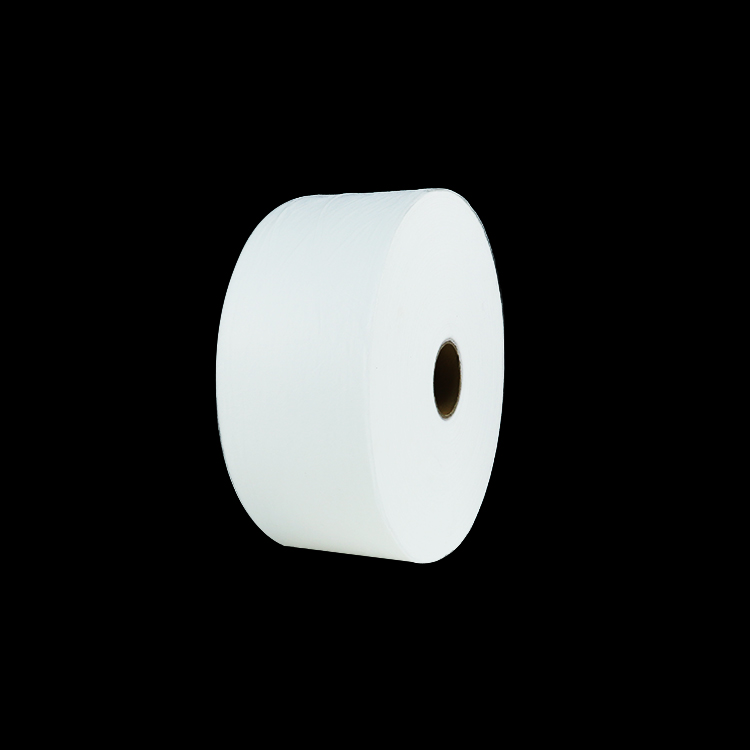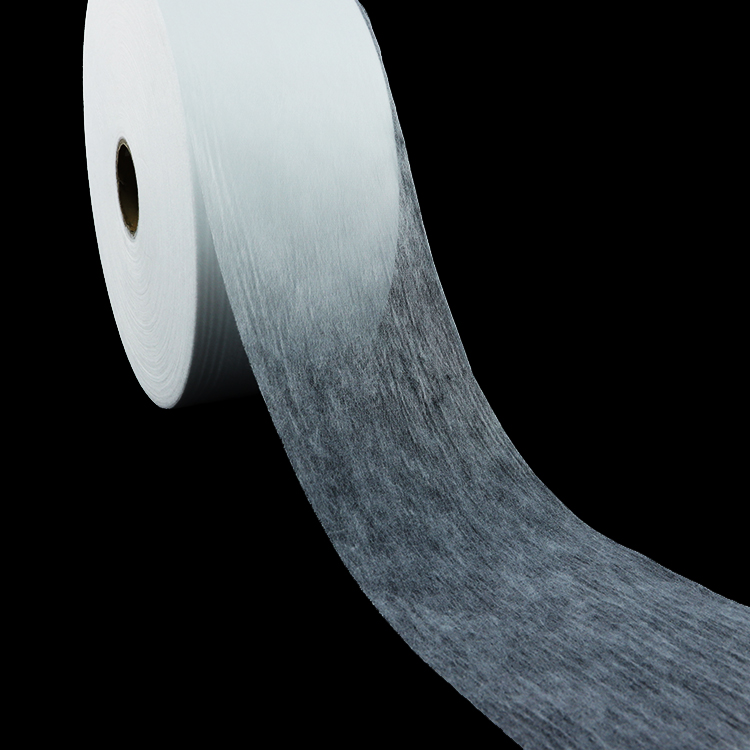Author:Baby & Adult Diaper Materials FROM:Diaper Materials Manufacturer TIME:2023-08-21
Meeting sustainability goals is a pressing issue in today's world, as businesses and consumers alike strive to reduce their impact on the environment. One area where sustainability efforts are particularly crucial is in the production of non-woven diaper materials. Thermal bonding, a process that involves using heat to join fibers together, has emerged as an effective and environmentally-friendly method for creating these materials. In this article, we will explore the benefits of thermal bonding in meeting sustainability goals in non-woven diaper production.

One of the primary advantages of thermal bonding in non-woven diaper materials is its ability to significantly reduce energy consumption. Unlike traditional methods such as adhesive bonding or stitching, thermal bonding requires minimal energy input. The heat used in the bonding process can be generated through various sources, including electricity, natural gas, or even renewable energy options such as solar or wind power.
In addition, thermal bonding eliminates the need for drying processes that are commonly employed in other bonding methods. This further reduces energy consumption, as drying typically requires substantial amounts of heat and time. By minimizing energy usage, thermal bonding contributes to meeting sustainability goals by decreasing greenhouse gas emissions and conserving valuable resources.

Another significant benefit of thermal bonding in non-woven diaper materials is its potential for waste reduction. Traditional bonding methods often involve the use of adhesives or stitching, which can result in the generation of considerable waste. Adhesive residues or excess thread may need to be discarded, contributing to landfill overcrowding.
Thermal bonding, on the other hand, creates a bond between fibers without the need for additional materials. This eliminates the generation of waste associated with adhesives or stitching. Furthermore, the precise control of heat during the thermal bonding process ensures that only the necessary amount of heat is applied, minimizing the risk of excessive melting or burning of fibers. As a result, non-woven diaper materials produced using thermal bonding can have a more efficient use of resources and contribute to waste reduction.

While meeting sustainability goals is crucial, it is equally important to ensure that the quality and performance of non-woven diaper materials are not compromised. Thermal bonding offers several advantages in this regard.
Firstly, thermal bonding creates a uniform bond across the entire surface area of the material, providing improved strength and durability. This results in diapers that are less likely to tear or come apart, reducing the need for frequent replacements. Consequently, fewer diapers are required overall, leading to resource savings and reduced environmental impact.
Furthermore, the heat applied during thermal bonding can be precisely controlled, allowing manufacturers to customize the softness and flexibility of the material. This enables the production of diapers that are comfortable for babies while still maintaining the necessary absorbency and leakage protection. By enhancing product performance, thermal bonding ensures that sustainable non-woven diaper materials meet the functional requirements of both infants and caregivers.
In conclusion, thermal bonding in non-woven diaper materials offers a sustainable solution that addresses various environmental concerns. Through reduced energy consumption, waste reduction, and improved product performance, thermal bonding contributes to meeting sustainability goals in the diaper manufacturing industry. As the global focus on sustainability intensifies, adopting thermal bonding techniques can create a positive impact on the environment while providing high-quality and functional diaper products.

 Email: info@whldiapernonwoven.com
Email: info@whldiapernonwoven.com
 MP/WhatsApp: +86-13599937366
MP/WhatsApp: +86-13599937366
 Manufacturer Address:Room 1105B, Bld M1, Manhattan, Yulongwan, Shimao, Shuanglong Road, Meiling Street, Jinjiang, Fujian, China
Manufacturer Address:Room 1105B, Bld M1, Manhattan, Yulongwan, Shimao, Shuanglong Road, Meiling Street, Jinjiang, Fujian, China